ISIS extremist militants stormed the National Bardo museum in Tunisia's capital, Tunis, in April 2015. They killed twenty-one people, most of whom were tourists, and injured more than 30 others in the North Afrikan country’s worst militant assault in more than a decade.
Since Tunisia's 2011 uprising against the dictator regime of Zine al-Abidine Ben Ali, the North African country has seen the rise of ultra-extremist ideologies, including local militant groups Ansar al-Sharia and Okba Ibn Nafaa, who have turned to violence and targeted Tunisia’s vital tourism industry.
ISIS used social media to go viral
The internet amplified the ISIS campaign of spreading terrorism and dark ideologies and has consequently stifled attempts to diminish the spread of the extremist group’s ideologies.
The extremist group uses mainly Facebook, Twitter, and Youtube.
Twitter has been fighting back against these campaigners by suspending thousands of ISIS recruiters' and preachers' accounts on its platform. In reaction, ISIS supporters have threatened Twitter employees, including co-founder Jack Dorsey specifically, with death over the social network’s practice of blocking accounts associated with ISIS.
Data mining to predict terrorist attacks
Data mining is the process of posting queries and extracting useful patterns or trends often previously unknown from large amounts of data using various techniques such as pattern recognition and machine learning.
Lately, there has been a big interest in leveraging the use of data mining for counter-terrorism applications.
Using the data of more than 50,000+ ISIS connected Twitter accounts, I was able to establish an understanding of some factors, e.g. determine how often ISIS attacks occur, what different types of terror strikes are used in which geopolitical situations, and many other criteria through graphs about the frequency of hashtags usages and the frequency of a particular group of the words used in the tweets.
A simple data mining project of some of the repetitive hashtags and sequences of words used typically by ISIS militants in their tweets yielded surprising results.
"The extremist group uses mainly Facebook, Twitter, and Youtube."
The results show a rise of some keywords on the tweets that started on 16 March 2015, three days before Bardo museum attacks.
Some of the common frequent keywords and hashtags that had an unusual peak since 15 March 2015, three days before the attack:
- طواغيت تونس: Tyrants of Tunisia = a reference to the military
- بشرى تونس: Good news for Tunisia.
- قريبا تونس: Soon in Tunisia.
- إفريقية_للإعلام: The head of social media of Afriqiyah
- غزوة_تونس: The foray of Tunis

National Security Intelligence and data mining
The Tunisian National Security Intelligence has to leverage big data to predict such attacks.
Some of the challenges facing data mining techniques are that to carry out effective data mining and extract useful information for counterterrorism and national security, we need to gather all kinds of information about individuals.
However, this information could be a threat to the individuals’ privacy and civil liberties.
Note: This article was first published in 2015.
— By Wassim Zoghlami







